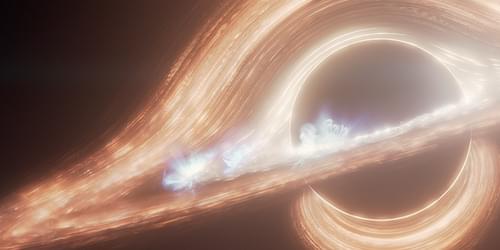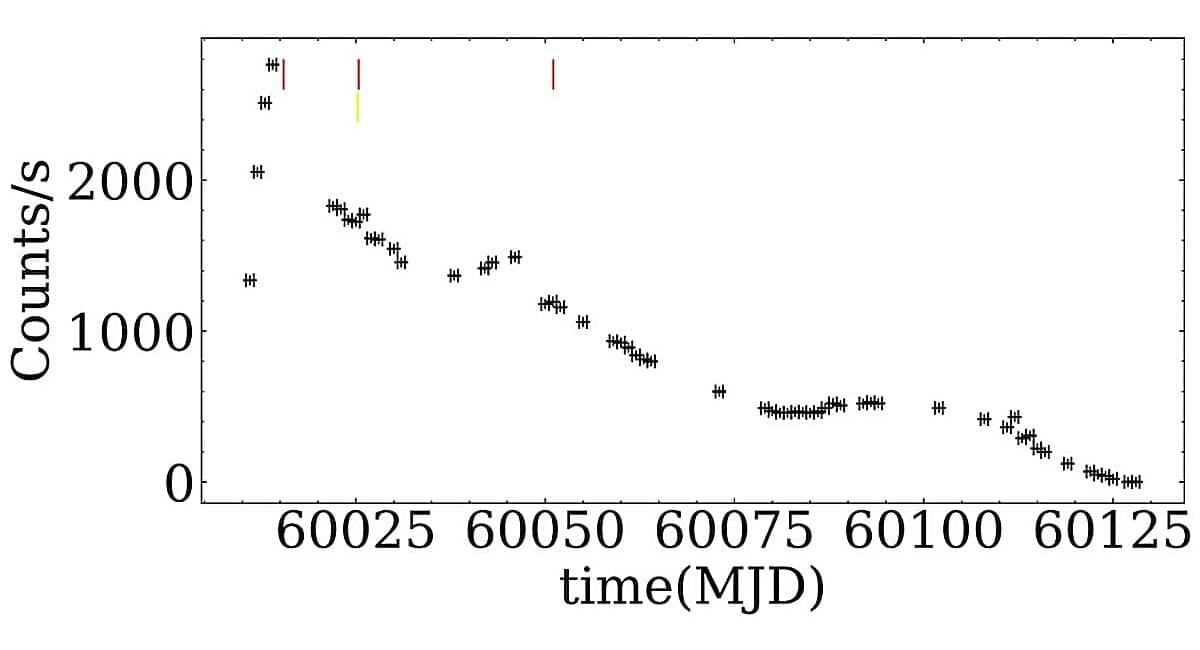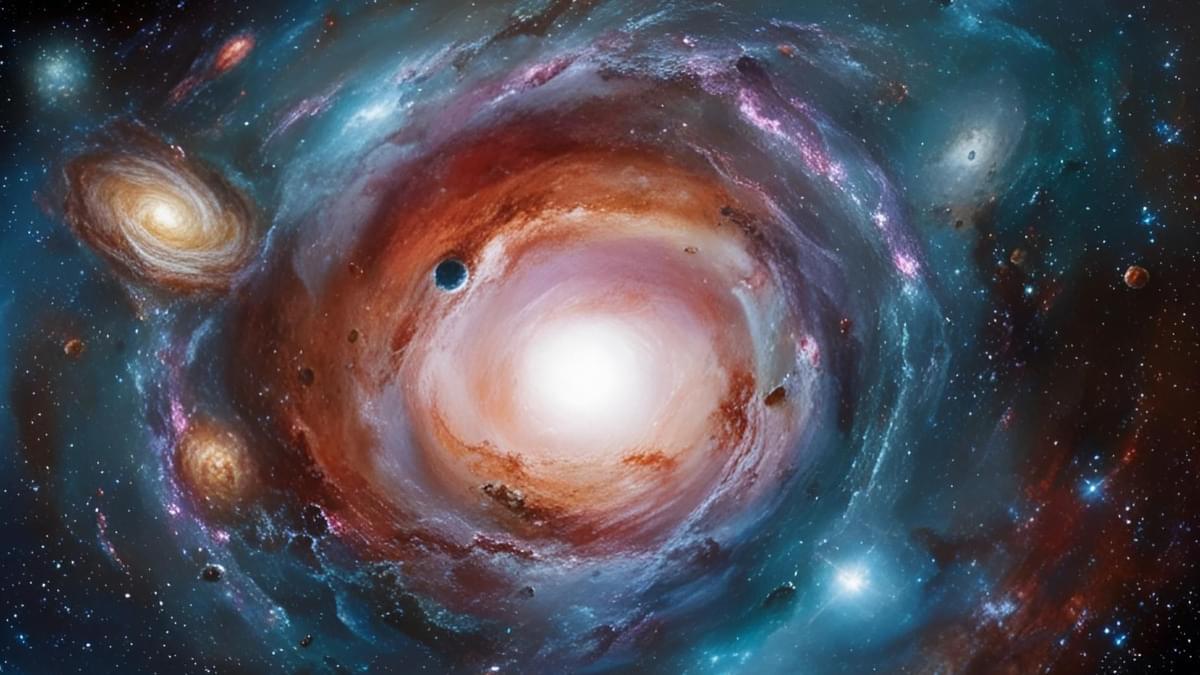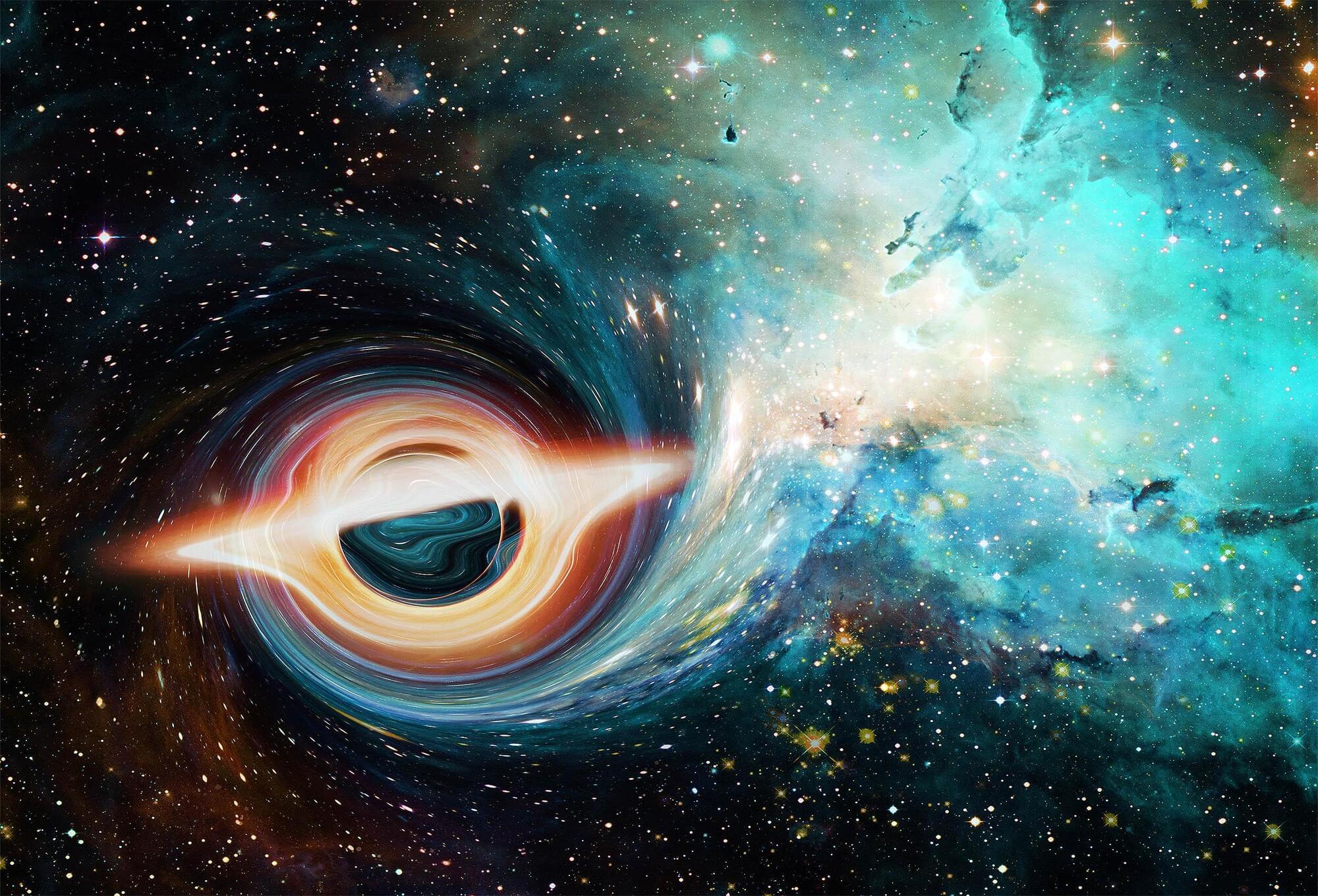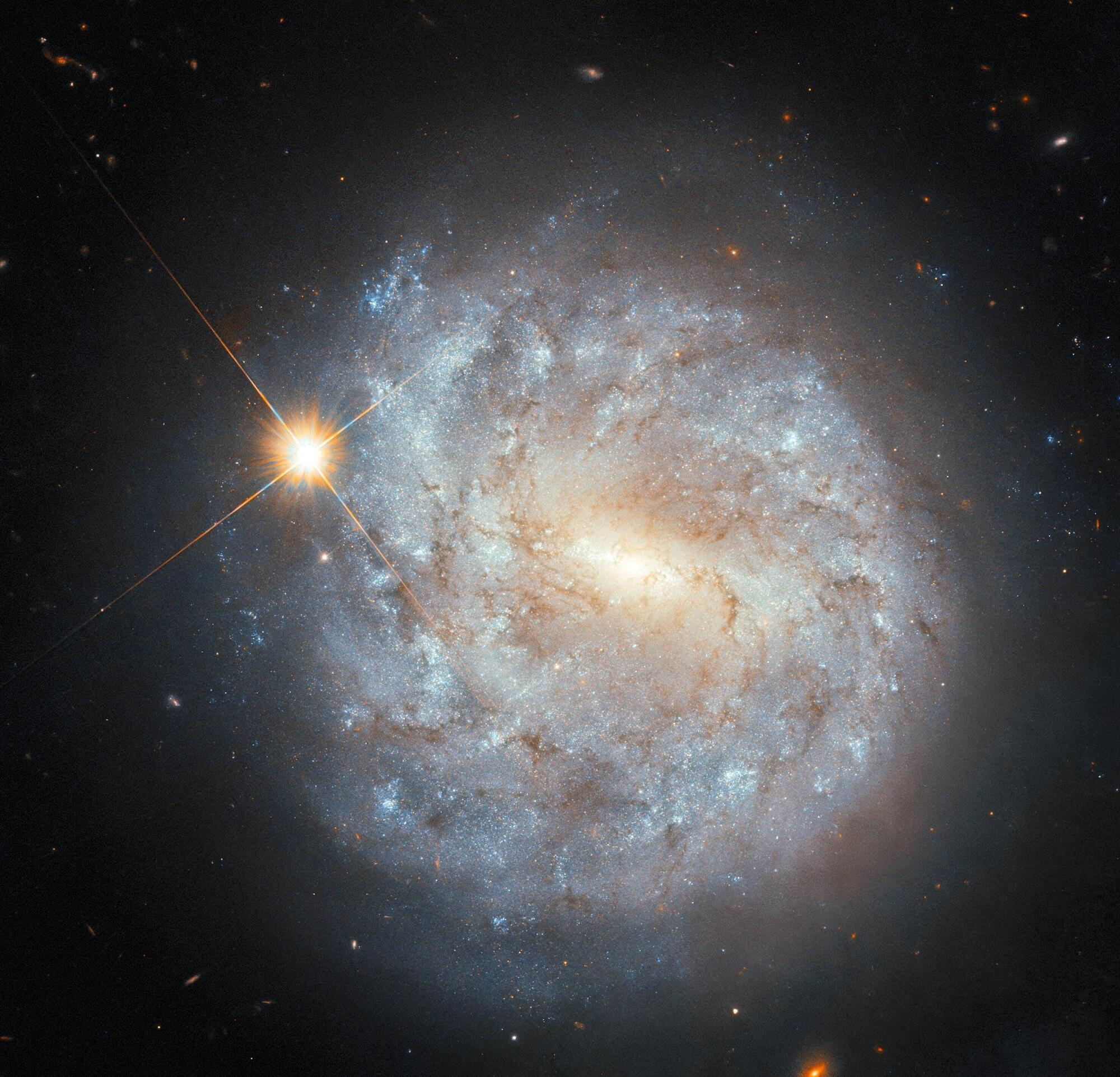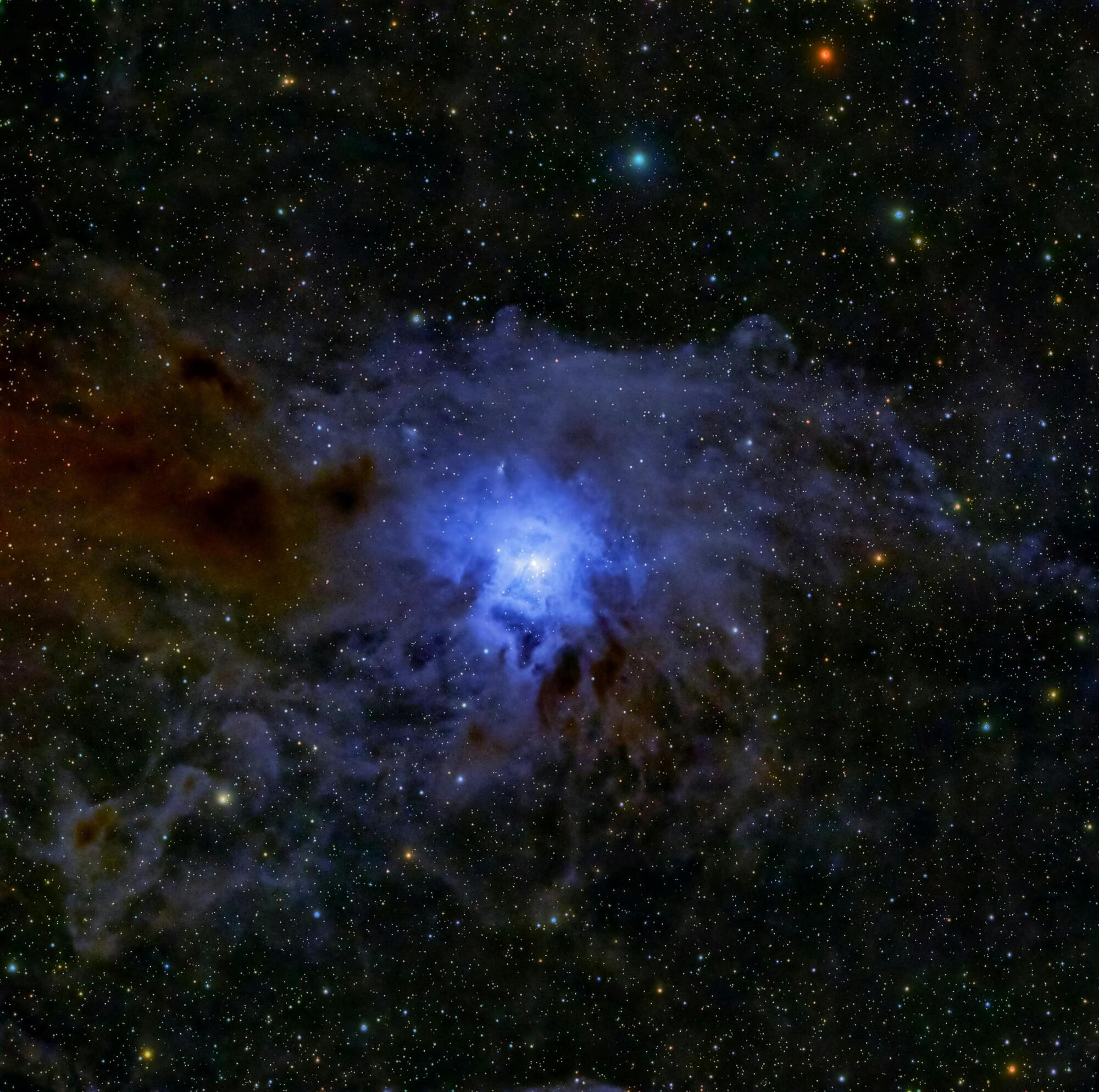From 2035, the Einstein Telescope will be able to study gravitational waves with unprecedented accuracy. For the telescope, researchers from Jena have manufactured highly sensitive sensors made entirely of glass for the first time.
Gravitational waves are distortions of space-time caused by extreme astrophysical events, such as the collision of black holes. These waves propagate at the speed of light and carry valuable information about such events throughout the universe. In the future, the Einstein Telescope will measure these waves with unprecedented precision, making it a world-leading instrument for detecting gravitational waves.
In order to minimize the impact of noise on the measurements, the telescope is to be built up to 300 meters underground. But even there, there are still mechanical vibrations, caused, for example, by distant earthquakes or road traffic above ground. Highly sensitive vibration sensors will measure these remaining vibrations.


